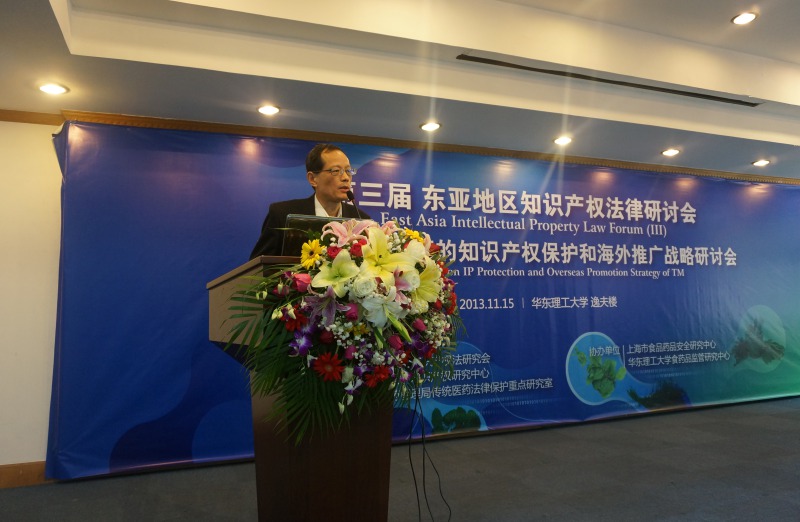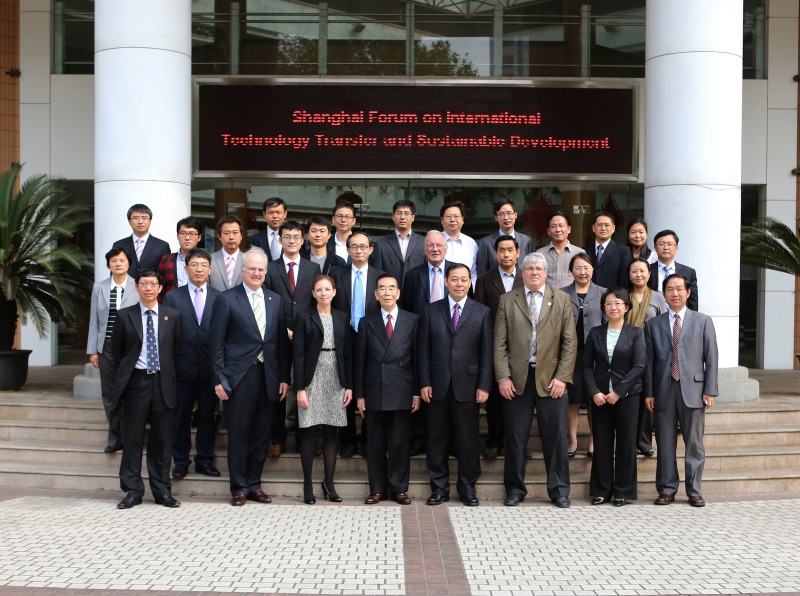Institute of Zoology Has Discovered a New Epigenetic Mechanism on Histone Chaperone
In recent years, more and more studies have found that epigenetic regulation plays a very important role in many physiological processes. As ahistone chaperone, histone cell cycle regulator (HIRA) is irreplaceable in the epigenetic regulation. HIRA has a very close relationship with the development, fertilization, neurotransmission and plasticity of the gastrula, and when it is knocked out, there will be a phenomenon of embryonic lethal. But HIRA’s function in brain development has been an unresolved scientific problem.
The effects of HIRA knock down on proliferation and differentiation of neural progenitor cells and cell morphology was observed through the method of radio frequency transduction and in vitro transfection led by JIAO Jian-wei’s Research Group, Institute of Zoology, Chinese Academy of Sciences. They have demonstrated that HIRA is enriched in neural progenitor cells, and HIRA knock down reduces neuralprogenitor cell proliferation, increasing terminal mitosis and cell cycle exit,and ultimately resulting in premature neuronal differentiation. Additionally, they have demonstrated that HIRA enhances β-catenin expression by recruiting H3K4 trimethyltransferase Setd1A, which increases H3K4me3 levels and heightens the promoter activity of β-catenin. Significantly, overexpression of HIRA, HIRAN-terminal domain, or β-catenin can override neurogenesis abnormities caused byHIRA defects. What’s more, these data have implicated that HIRA, cooperating with Setd1A, modulates β-catenin expression and then regulates neurogenesis.This finding represents a new epigenetic mechanism underlying the histone codeand has profound and lasting implications for diseases and neurobiology.
The research has been published online on the Journal of Cell Biology, titled “Histone chaperone HIRA regulates neural progenitor cell proliferation and neurogenesis via beta-catenin” on May 17th, 2017. Doctor LI Yanxin, in JIAO Jianwei’s research group, is the leader author of this paper. The study was funded by the National Basic Research Program, the National Natural Science Foundation and the Chinese Academy of Sciences stem cell laboratory.
Time: 2017.5.19
Source: Institute of Zoology, Chinese Academy of Sciences
next:Scientists Found Metformin Suppressed Triple-negative Breast Cancer Stem Cells


